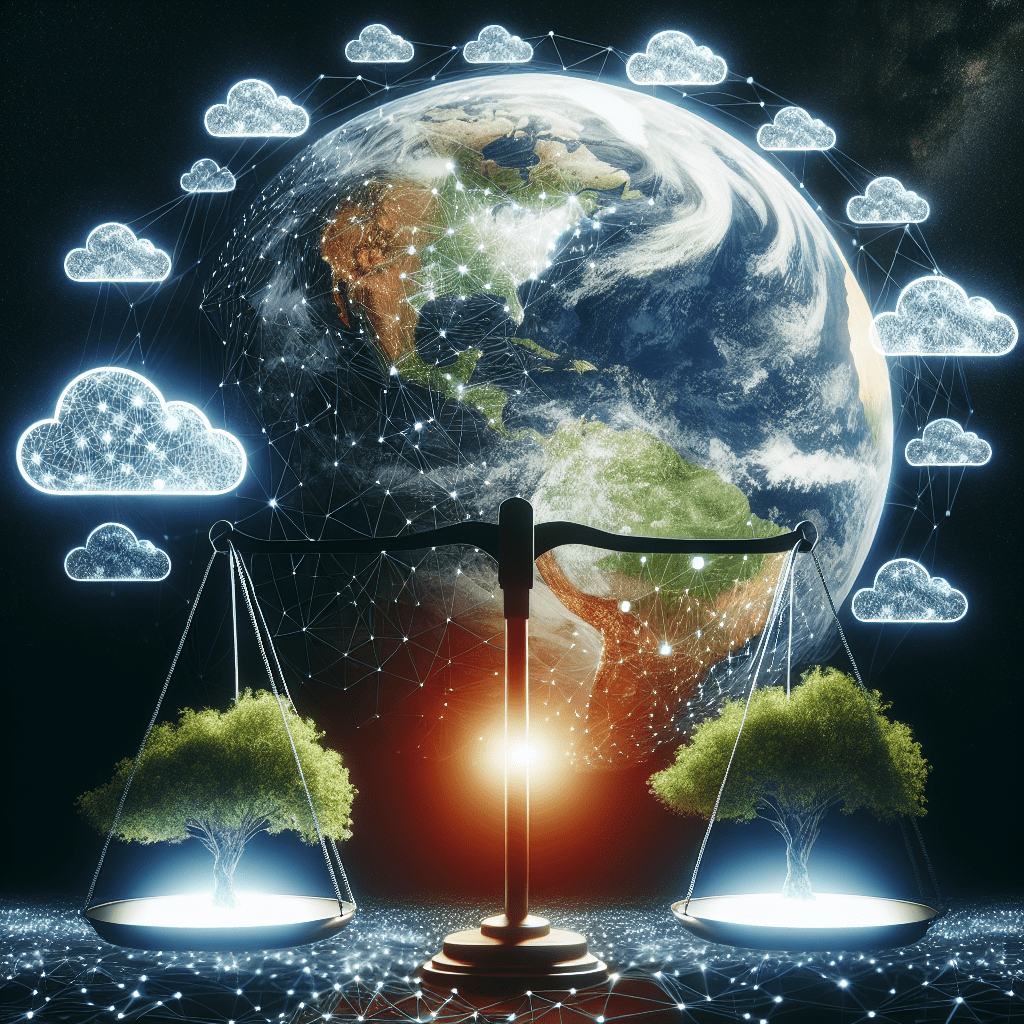Unveiling the Environmental Impact of Top 10 Subscription SaaS Services
In today’s digital age, subscription software-as-a-service (SaaS) has become increasingly popular among businesses and individuals alike. These services offer convenience, flexibility, and cost savings, making them a go-to choice for many. However, as more and more companies rely on subscription SaaS, the environmental impact of these services cannot be ignored.
From data centers to electronic waste, subscription SaaS services have a significant carbon footprint that contributes to environmental degradation. In this blog post, we will be listing the top 10 subscription SaaS services and why they are not good for the environment.
1. Netflix
With over 200 million subscribers worldwide, Netflix has become a household name for streaming movies and TV shows. However, behind the convenience of binge-watching lies a massive environmental impact. Netflix’s data centers consume a significant amount of energy, mainly from fossil fuels, to store and deliver high-quality video content. This results in a large carbon footprint and contributes to climate change.
2. Amazon Prime
The convenience of Amazon Prime’s fast and free shipping has made it a popular choice for online shopping. However, Amazon’s massive warehouses and delivery network have a significant environmental impact. From excessive packaging to transportation emissions, Amazon Prime contributes to carbon emissions and pollution.
3. Adobe Creative Cloud
Adobe Creative Cloud is a popular subscription service for creative professionals, offering a suite of applications for graphic design, video editing, and more. However, the continuous updates and cloud storage for large files result in high energy consumption and carbon emissions. Additionally, the production of devices with high processing power to run these applications also has a negative impact on the environment.
4. Spotify
With over 350 million active users, Spotify is one of the largest music streaming platforms in the world. However, streaming music consumes a significant amount of energy, contributing to carbon emissions. Additionally, the production and disposal of electronic devices used to access the service also have an environmental impact.
5. Microsoft Office 365
Microsoft Office 365 is a popular subscription service for word processing, spreadsheets, and other office-related tasks. However, the constant updates and cloud storage for files result in high energy consumption. Additionally, the production and disposal of devices used to access the service also have a negative impact on the environment.
6. Dropbox
Dropbox is a cloud storage and file sharing service used by individuals and businesses alike. However, the constant syncing and transfer of files result in high energy consumption. Additionally, the production and disposal of devices used to access the service also have a negative impact on the environment.
7. Zoom
Zoom has become a household name for video conferencing and virtual meetings, especially during the COVID-19 pandemic. However, the high energy consumption of video conferencing, especially from data centers, contributes to carbon emissions. Additionally, the production and disposal of devices used for virtual meetings also have an environmental impact.
8. Dropbox Paper
Dropbox Paper is a popular collaboration tool used by teams to create, edit, and share documents. However, the constant syncing and transfer of files result in high energy consumption. Additionally, the production and disposal of devices used to access the service also have a negative impact on the environment.
9. Google Workspace
Google Workspace, formerly known as G Suite, is a popular subscription service for email, file storage, and collaboration tools. However, the continuous updates and cloud storage for files result in high energy consumption. Additionally, the production and disposal of devices used to access the service also have a negative impact on the environment.
10. Apple Music
Apple Music is a popular subscription service for streaming music on Apple devices. However, the high energy consumption of streaming music, especially from data centers, contributes to carbon emissions. Additionally, the production and disposal of devices used to access the service also have an environmental impact.
As you can see, subscription SaaS services have a significant environmental impact that cannot be ignored. From data centers to electronic waste, these services contribute to climate change and environmental degradation. As consumers, it is important to be aware of the environmental impact of the services we use and make conscious decisions to reduce our carbon footprint.
Some ways to lessen the environmental impact of subscription SaaS services include using energy-efficient devices, reducing unnecessary updates and file transfers, and recycling old devices properly. Additionally, businesses can opt for eco-friendly hosting options for their websites and choose sustainable alternatives for communication and collaboration platforms.
It is time for subscription SaaS companies to take responsibility for their environmental impact and work towards more sustainable practices. As consumers, we can also play our part in reducing our carbon footprint by making conscious choices and supporting companies that prioritize the environment.
Subscription SaaS may offer convenience and cost savings, but at what cost to the environment? Let’s work towards a more sustainable future by being mindful of the services we use and their impact on the environment.


